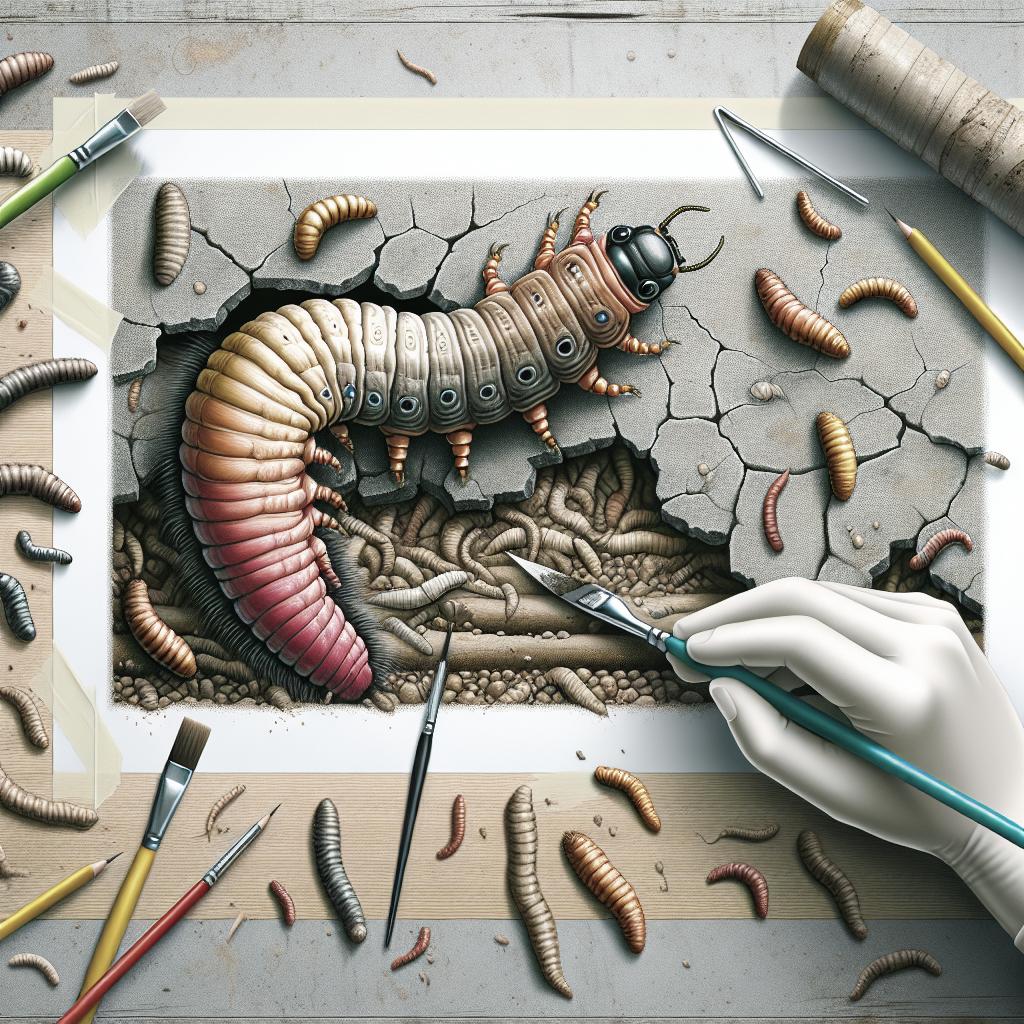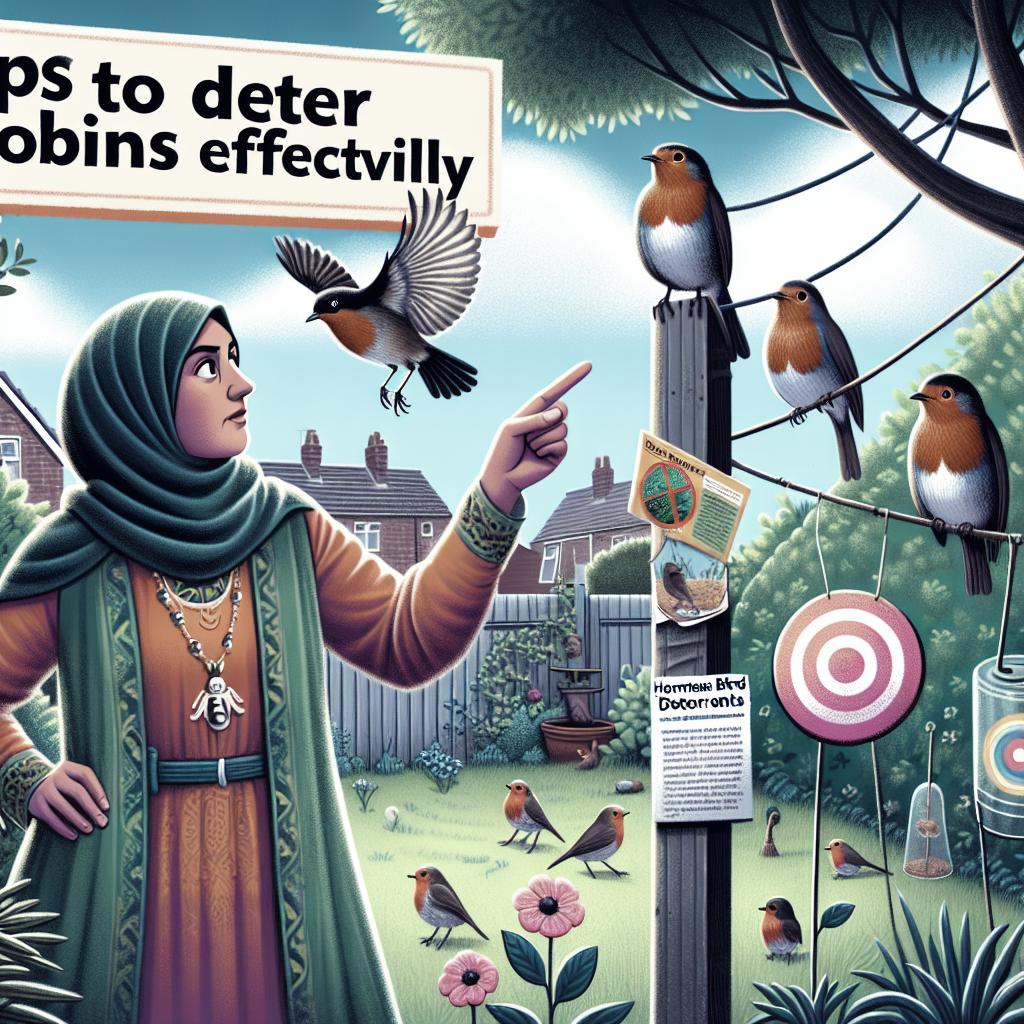“`html
Facing a pest problem can be daunting, especially when it invades your home. Plaster bagworms, also known as dust worms, household bagworms, and clothes moths, are commonly found in domestic settings. While they are not dangerous to humans, their presence can be quite annoying. This guide will walk you through what these pests are, whether they’re harmful, and, most importantly, how to effectively get rid of them. We will also cover natural remedies for those interested in eco-friendly solutions and provide tips for preventing future infestations. Armed with this information, you can maintain a clean and pest-free home.
What is dust worm/plaster bagworm?
Plaster bagworms are small larvae that belong to the moth family. They are grayish-white with a distinctive case made of silk and pieces of fabric or debris, which they carry around as protection. The bagworm derives its name from its nesting in crevices, corners, and on plaster walls, often blending seamlessly into its surroundings.
These pests typically feed on spider webs, wool, silk, and other natural fibers, causing damage to household materials like carpets, curtains, and clothing. They thrive in dark, undisturbed areas, making them a common nuisance in homes, especially in basements, attics, and closets.
Dust worm goes by several names such as plaster bagworm, household bagworm, household case bearer, and clothes moth.
Plaster bagworms have various names attributed to their lifecycle and environment. Known also as dust worms, they are often dubbed household bagworms or case bearers due to their preference for human domiciles. They are sometimes confused with clothes moths, which share their predilection for fibers like wool and silk.
Despite the different names, all these terms refer to the same indoor pest, highlighting its adaptability to different living conditions and its tolerance for a variety of natural fibers available in homes. Understanding these aliases can help in identifying and managing the pest effectively.
Are dust worms/plaster bagworms harmful to humans?
Dust worms or plaster bagworms are not directly harmful to humans. They do not bite, sting, or transmit diseases. Their threat is more towards items made of natural fabrics, often causing damage to household goods like clothing, carpets, and upholstery. The real concern lies in their potential to ruin valuable fabrics.
However, the presence of these pests can be unsettling and annoying. For individuals with allergies or respiratory problems, the debris and dust accumulated by these pests could potentially exacerbate their conditions.
Should I worry about dust worms/plaster bagworms?
While these pests are not dangerous to health, the damage they inflict on household items can be significant. Clothes, curtains, rugs, and other fabric-based materials are particularly vulnerable to larvae feeding. Additionally, their presence often indicates a larger issue with cleanliness or pest control, which may require immediate attention.
Therefore, it’s crucial to address an infestation early to prevent extensive damage and preserve the structural integrity of your home. Neglecting the problem can lead to a much larger and costlier issue in the long run.
How do I get rid of dust worms/plaster bagworms?
1. Identify the infested areas
The first step in combating plaster bagworms is to carefully inspect your home for infested areas. Look for the small, peculiar bags attached to walls, ceilings, or hidden in corners and crevices. They might also be hiding in closets, basements, or attics, making these spots prime search locations.
Identifying the extent of the infestation can help in targeting your cleaning and control efforts more effectively. Note down the areas where the pests are most concentrated, as this will guide your subsequent steps.
2. Clean the areas
Once you’ve identified the infested areas, a thorough cleaning is essential. Use a vacuum cleaner to remove the bagworms and their cases from walls, floors, and fabrics. Make sure to pay close attention to hidden corners and crevices where these pests may be lurking.
Cleaning has to be meticulous, as any missed larvae or bagworms can lead to a resurgence of the infestation. Dispose of the vacuum bag or contents immediately to prevent any bagworms from finding their way back into your home.
4. Seal cracks and crevices
One effective way to prevent a re-infestation is to seal any cracks or crevices with caulk. These small gaps can be entry points for bagworms and other pests, so it’s crucial to eliminate them. Inspect your home’s foundations, walls, ceilings, and other structural elements for potential entry points.
By taking the time to seal these openings, you are creating a pest-resistant barrier that can limit future infestations, not just of bagworms but of other pests as well.
5. Use insecticides
For severe infestations, using insecticides might be necessary. Opt for a product specifically designed for household pests. Always follow the instructions on the label for safe and effective use. Consider spraying in the identified infested areas, especially in hard-to-reach spots where the bagworms may reside.
If you’re concerned about toxicity, there are environmentally friendly insecticides available that can deliver effective results without harmful side effects. However, always ensure that the chosen product is safe for use in your specific home environment.
Are there natural remedies to remove dust worms/plaster bagworms?
1. Use sticky traps
Sticky traps are an excellent natural method for capturing bagworms. Place these traps in the identified infested areas to trap the adult moths and larvae. This can significantly reduce their population over time and prevent the pests from reproducing.
Regularly check and replace the traps as they fill up. This will not only keep the population in check but also give you a clearer idea of the effectiveness of your pest control measures.
2. Use neem oil
Neem oil is a potent natural insecticide that can help in controlling plaster bagworms. Mix neem oil with water and spray it directly onto the infested areas. Neem oil disrupts the hormonal systems of insects, preventing them from growing and reproducing.
This natural remedy is safe for indoor use and won’t pose any harm to your family or pets, making it an ideal choice for households seeking eco-friendly solutions.
3. Use diatomaceous earth
Diatomaceous earth is another natural remedy known for its effectiveness against a variety of pests, including bagworms. Sprinkle it in areas where you’ve spotted the bagworms. The tiny particles will penetrate the pests’ exoskeleton, leading to dehydration and eventual death.
Ensure you opt for food-grade diatomaceous earth to avoid any harmful effects, and wear a mask while applying it to prevent inhalation of the fine particles.
4. Use essential oils
Essential oils like peppermint, lavender, and eucalyptus oil can act as natural repellents for plaster bagworms. Mix a few drops of these oils with water in a spray bottle and apply it to the infested areas. The strong scent will deter the pests and make it inhospitable for them to stay.
Apart from being effective, essential oils leave a pleasant aroma in your home, offering a dual benefit of pest control and air freshening.
How do I prevent dust worms/plaster bagworms from returning?
1. Tefal TY1129 X-Nano Handstick Vacuum Cleaner
Regularly vacuuming your home can prevent the accumulation of dust and debris that attracts bagworms. The Tefal TY1129 X-Nano Handstick Vacuum Cleaner is a versatile tool that’s effective in cleaning hard-to-reach areas where these pests might thrive.
2. Black + Decker Advanced Clean Cordless Handheld Vacuum
The Black + Decker Advanced Clean Cordless Handheld Vacuum is another excellent choice for keeping your home clean and preventing pest invasions. Its powerful suction and portability make it ideal for quick clean-ups and can help in maintaining a dust-free environment.
3. Gya Labs Pure Lavender Oil Essential Oil
Using essential oils can serve both as a pest repellent and as a means of adding pleasant fragrance to your home. Gya Labs Pure Lavender Oil Essential Oil is a notable product that can deter bagworms through its strong scent.
4. Shieldtox NaturGard All Insect Killer Spray, Citronella
For an eco-friendly insecticide option, consider using Shieldtox NaturGard All Insect Killer Spray, which uses citronella. It’s effective against various pests and can be a strong deterrent for bagworms, all while being safe for your home environment.
5. Superplant Organic 5-in-1 Plant Booster Spray Natural Fertilizer, Fungicide & Pest-Repellent
The Superplant Organic 5-in-1 Plant Booster Spray offers a multifunctional approach. Not only is it an effective pest repellent, but it also serves as a natural fertilizer and fungicide, beneficial for household plants and pest control alike.
6. Miele AirClean 3D Efficiency Dust Bag
Equip your vacuum cleaner with high-quality dust bags like the Miele AirClean 3D Efficiency Dust Bag. These bags capture more dust and debris, ensuring that no particles are left behind that could attract pests like bagworms.
7. Scotch-Brite Super Microfiber Mop Refill
Keeping your floors clean with a good mop is another preventive measure. The Scotch-Brite Super Microfiber Mop Refill is an excellent choice for capturing dust and dirt that might otherwise attract bagworms.
8. Liao Lint Roller with 2 refills
Lint rollers like the Liao Lint Roller can be useful tools in quickly removing any small pests, their cases, and other debris from fabrics and furniture, making it harder for bagworms to establish a foothold.
9. Sticky Lint Roller
Another effective lint roller option is the Sticky Lint Roller. Regular use of lint rollers can capture dust worms and reduce the likelihood of infestations by removing them before they multiply.
10. Now Essential Oils, Peppermint Oil
For an additional essential oil option, Now Essential Oils Peppermint Oil can be highly effective due to its strong smell, which deters bagworms. Regularly spraying peppermint oil solutions can keep these pests at bay.
| Heading | Summary |
|---|---|
| What is dust worm/plaster bagworm? | An introduction to what plaster bagworms are and their behavior. |
| Dust worm goes by several names… | Explains the various names and why they are referred to in different terms. |
| Are dust worms/plaster bagworms harmful? | Discusses whether these pests are harmful to humans or not. |
| Should I worry about dust worms? | Analyses the potential damage and why it’s important to address an infestation. |
| How do I get rid of dust worms… | Detailed steps for identifying, cleaning, sealing and using insecticides against plaster bagworms. |
| Are there natural remedies? | Lists natural, eco-friendly methods to combat dust worms. |
| How do I prevent dust worms… | Recommendations for products to prevent future infestations. |
“`


